
Written by digiDirect
Although scenery shots are excellent, many photographers feel that to truly capture the essence and life of a destination, you have to capture the people. As such street photography is a popular photographic style and is something that everyone should have some experience in. However, it can be a delicate balance, so it's important to know the "do's and dont's" of street photography, as well as any relevant Australian laws regarding it.
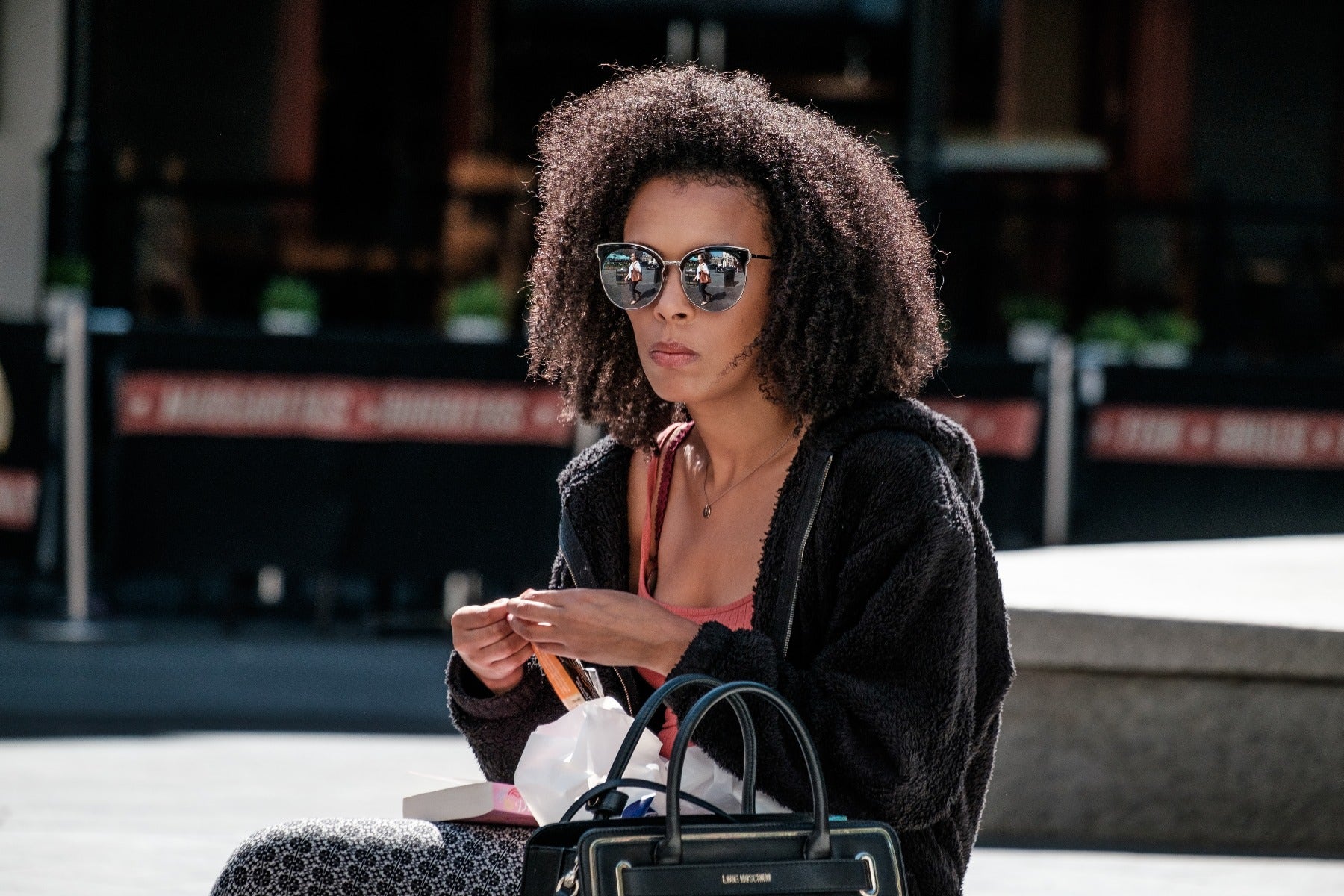
Be tasteful about your street photography so you can avoid the glares!
Street Photography Do's
- DO make a connection - Before you take a shot, ask yourself why you want a photograph of this particular person. Do they embody the personality of the destination? If so, take a few moments and find out what that personality is. This connection will make your photograph more relevant.
- DO show the subject their image - The great thing with most cameras these days is that you can see the image as soon as you take it. Show the person or people what their photograph looks like and consider offering to send them a copy.
- DO understand local beliefs and customs about photography - Don't take a shot until you're aware of any local beliefs or customs regarding photography. You don't want to frighten anyone, and there are areas in the world like some Aboriginal Tribes here in Australia and the Mayan culture in Mexico that believe that photos capture the person's soul.
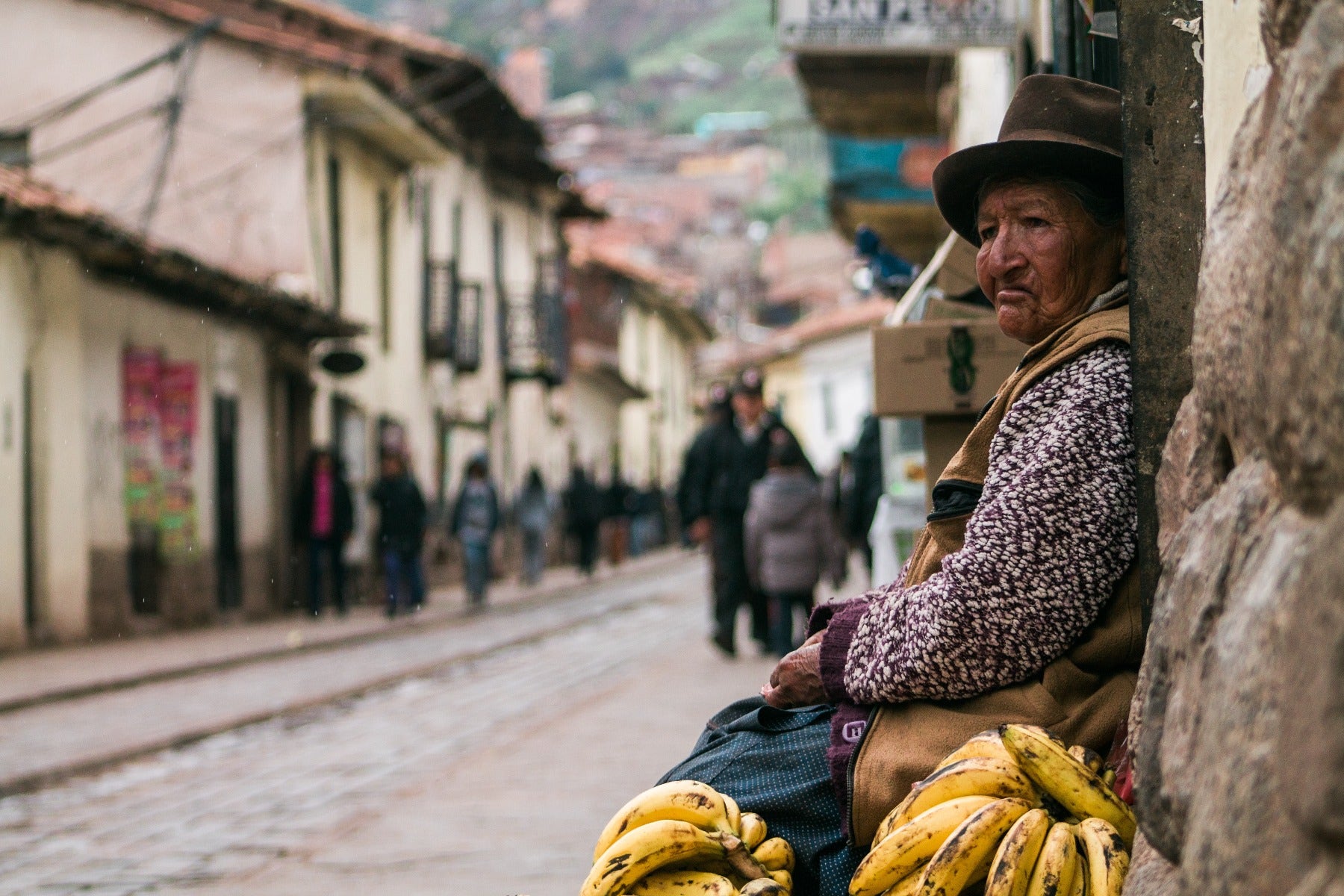
Be particularly aware when photographing different cultures
Street Photography Don'ts
- DON'T take embarrassing or unflattering images - It's essential that you respect your subjects. Don't take photographs that they find unflattering or embarrassing. This is essential when you're photographing cultures that have sensitivities different from your own. Also, if they don't like the image, delete it.
- DON'T take sneaky photographs - Don't wander through a city or location and try to sneakily snap photographs of people without their permission. It's intrusive and disrespectful, and it turns your subject into a piece of scenery.
- DON'T share personal information- Never share your subject's personal information, and this goes doubly for when you photograph children. Even if you plan on uploading the pictures to Facebook and tagging a location, this could be too much. It also can't hurt to let other people know any social media plans you have for the pictures.
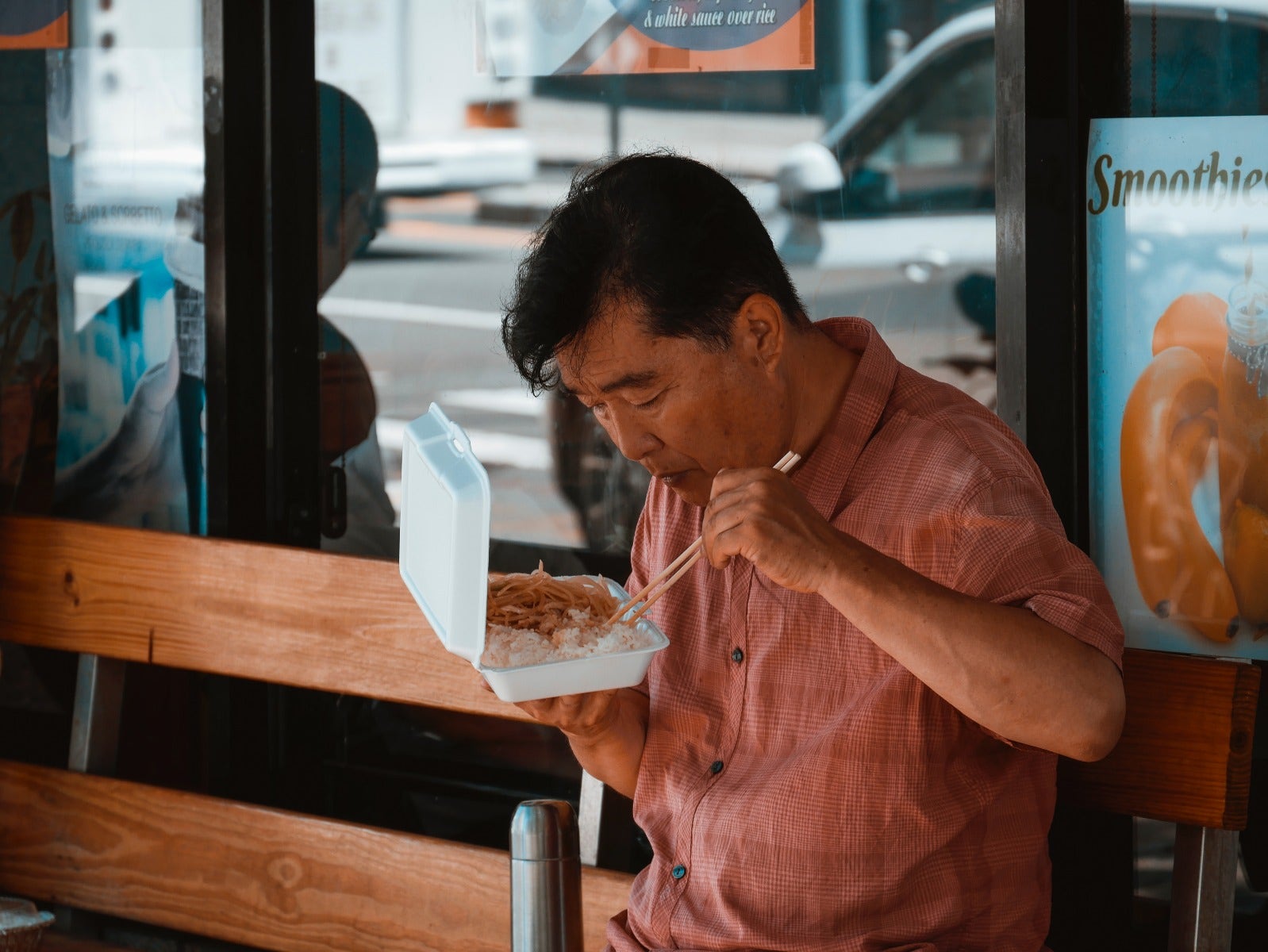
The line between a "sneaky" photo and a "candid" photo can be fine - you'll get better at determining it with experience
How to Gain Confidence in Approaching People in the Street
Yes, it can be intimidating to approach strangers and ask if you can take their pictures. There are a few quick tips that you can use to increase your confidence levels, and they include:
- Dress casually in clothing that's suitable for walking. Before you go out, check the forecast and wear layers. Consider dressing like a tourist in a casual outfit because this can help put the people you're photographing at ease.
- Approach people who have an open and friendly demeanour. Start small, and approach people who seem like they're having a good time. It may be easier to approach a small group than a single person so some people can opt out.
- When in doubt, point and click. When you see something that looks like it could make an interesting shot, point and click. Don't hesitate at this point because then you won't take the shot. You can always delete it later.
- Have a purpose to your shots. Are you trying to capture a location's history or do you want critiques and social commentary? Pick a purpose and go with it. This will give you a mission, and your confidence levels will rise.
- Having a discrete camera helps. People will be a lot more camera-shy when there's a huge pro-level DSLR with a 70-200mm shoved in their face. Having a smaller camera with a smaller lens generally makes people more comfortable and willing to have their picture taken. This is one reason why small cameras and the generally compact 35mm lens has traditionally been the hallmark of the street photographer. This also ties into point #1 - generally speaking, the less you look like a "professional photographer", the more comfortable people will be.
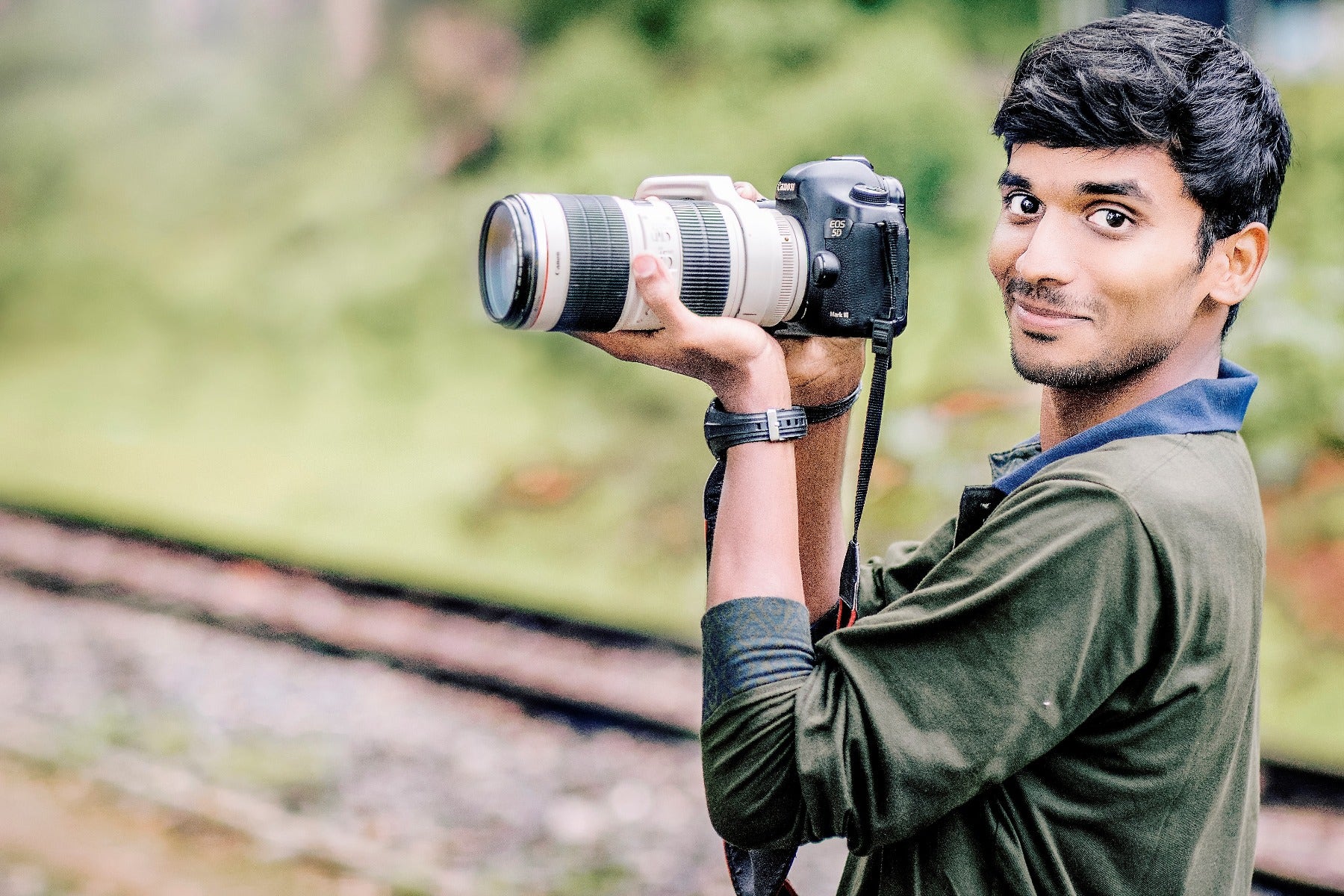
Walking around with a massive pro-looking camera and lens can intimidate people - don't do it! For this reason, mirrorless cameras often have an edge in street photography
Candid vs. Posed Shots in Street Photography
When you're out and about, you have to decide if you want posed shots or candid shots. There are big differences between the two, and you may find yourself leaning one way or another as you explore them.
Candid Shots
- A candid shot is a shot that you take without the subject knowing about it or without the subject's consent. Your goal is to catch a candid expression when they aren't aware that you're observing them. Their guard is typically lowered during this shot, and you can get a glimpse into their soul. You have to take the shot quickly, without hesitation and with precision to get it right. It can be a fine line to walk between taking a legitimate candid shot and taking a sneaky photo (one of our "Dont's" from above). Use your judgement to make sure you're doing the former and not the latter.
Posed Shots
- A posed shot is a photograph that you take after approaching the subject and asking their express permission. Your subject may not necessarily stand and pose for the picture, and they continue to do whatever they were doing before you approached and asked them. But, they gave their consent for you to be there.
Left: a man poses for a shot. Right: a candid shot of a police officer
Australian Laws That Apply to Photography in Public Places
In Australia, there are no personality or public rights, and there is no right to privacy that protects a person's image. Australia also doesn't have a tort of invasion of privacy. Some sports organisations have privacy policies concerning photographs, but they can't prohibit members of the public from taking photographs in public places like parks, roads or beaches. You can also take photographs of people on private property from a public place. This means that generally speaking, if you are in a public place you are allowed to capture photos of people who are also in that place.
However, it is illegal to use your camera to harass people in most states and territories. Voyeurism is also illegal, as is using your camera as a surveillance tool.
Keep these points in mind and get shooting! And if you need any equipment (like a 35mm lens!), don't hesitate to contact digiDirect today.
Interested in contributing to the digiLife blog? Email community@digidirect.com.au with the subject line "digiLife Contributor", and include links to your photography portfolio and a writing sample.













































































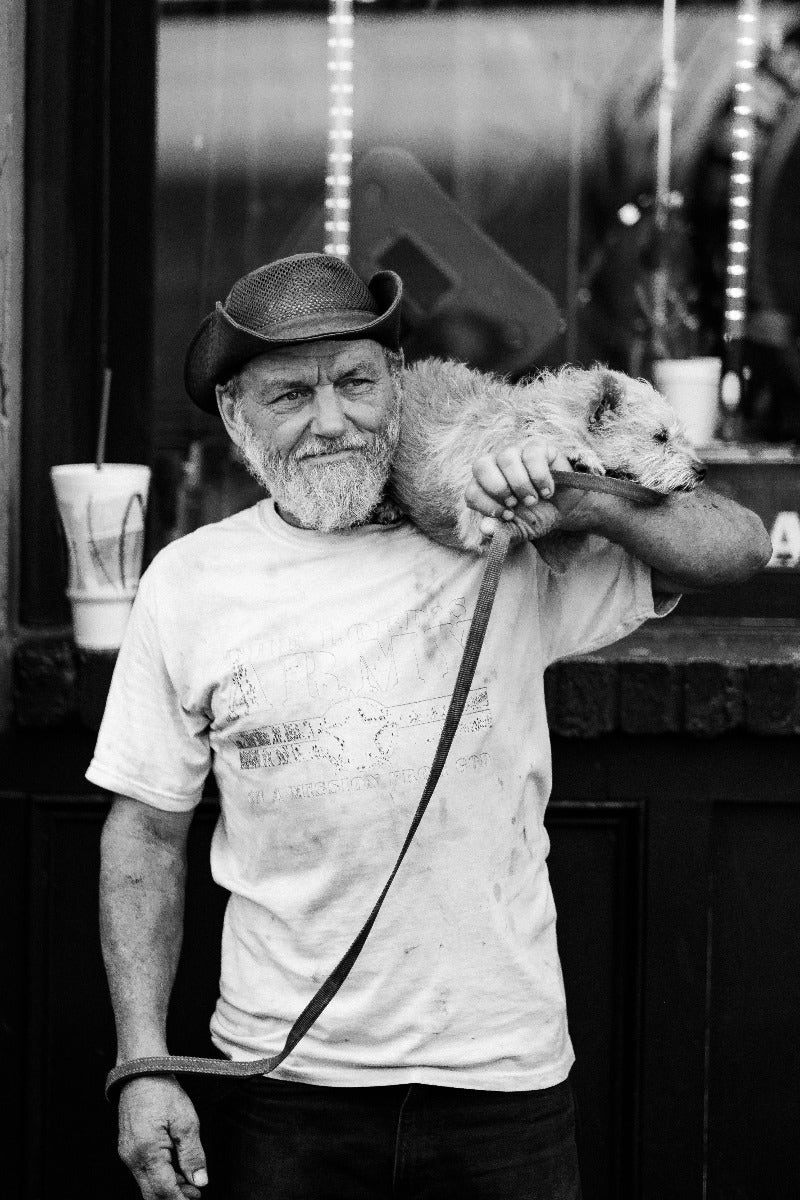
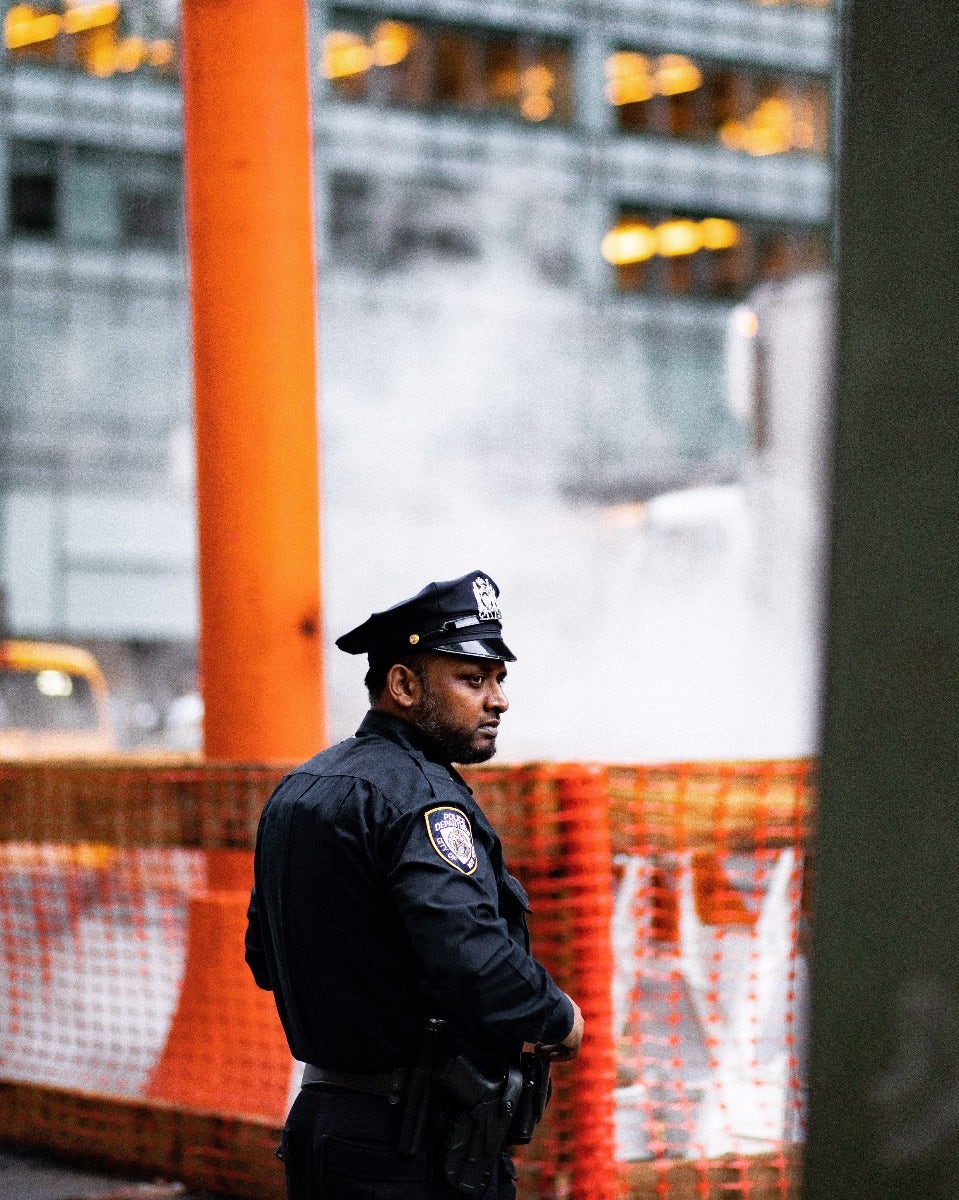

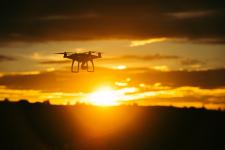

Comments
No Comments yet. Be the first to comment.